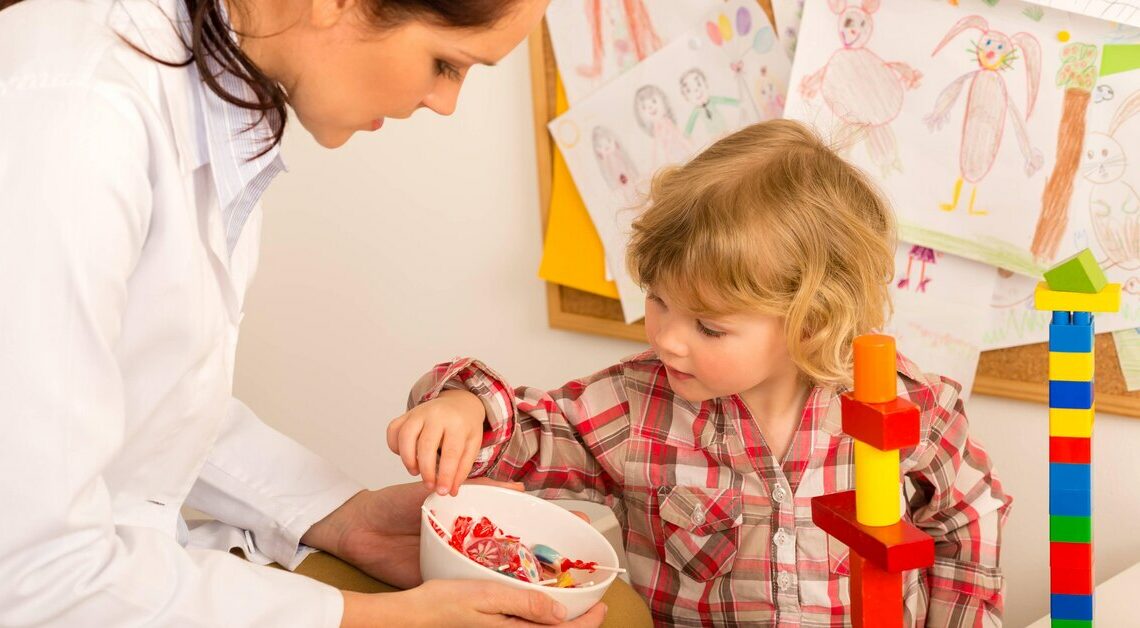
Negative reinforcement and positive reinforcement are parenting methods. This is intended to promote desired behavior in people or animals.
Negative Reinforcement: This is what lies behind the parenting method
Negative reinforcement is a term from behavioral psychology that means reinforcing a particular behavior by removing or avoiding an unpleasant or aversive consequence. The method can be used on people and also on animals.
- This parenting method involves taking away something unpleasant in order to encourage the desired behavior to occur more often.
- Negative reinforcement is not the same as punishment. Punishments are intended to reduce certain behavior by adding something unpleasant (positive punishment) or taking away something pleasant (negative punishment).
- Negative reinforcement increases the likelihood of a behavior because it causes something unpleasant to stop happening.
- An example: A student studies regularly for school to avoid the stress and fear of bad grades. Here, learning is reinforced because the student wants to avoid the unpleasant feeling of fear (the “negative” consequence). Doing homework regularly also reduces school stress.
- Also disturbing signals can lead to negative reinforcement. For example, a person buckles up in the car to avoid the annoying beep.
- Die Rule compliance As a young person, but also as an adult, this method also falls under this method, because the aim is to avoid trouble with your parents or the state.
Positive reinforcement as a method of education
Positive reinforcement in parenting is a method in which desired behavior is encouraged through rewards or positive consequences. The goal is to increase the occurrence of this behavior by making the person or animal learn that a certain action is followed by something pleasant.
- The idea is that by associating positive behavior with pleasant consequences, the child will be more willing to repeat that behavior in the future.
- The method is based on operant conditioning, a concept from psychology that states that behavior is influenced by the consequences that follow it.
- Examples of options for this method are: Praise and recognition. When a child cleans their room, you can use praise (“Good job, I'm proud of you!”) to encourage them to repeat the behavior more often in the future.
- Also material rewards can be a way of positive reinforcement. If a child completes their homework regularly, they might receive a sticker or small reward to motivate them for their efforts.
- Additional freedoms or privileges can also be given. For example, after good behavior, you can give your child extra playtime, television viewing, or some other type of freedom.
